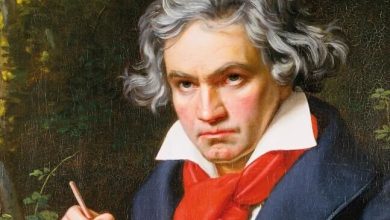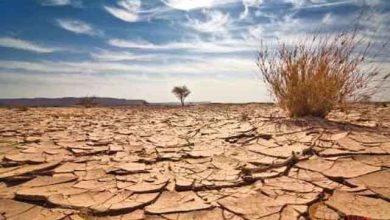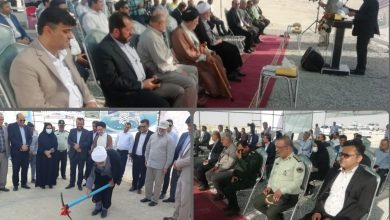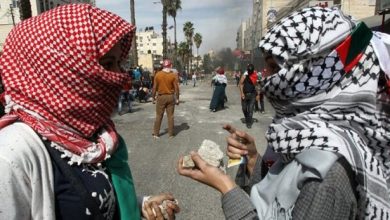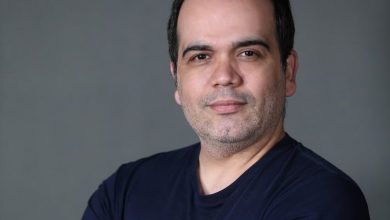Online news agency, Provincial Group: There is no doubt that culture and art are among the most important elements of the development and growth of different societies, and the truth is that it is not possible to look at the conditions of the land and the path it took without looking at the cultural activities of those societies. Community. In this regard, we have a quick look at the cultural movements of recent decades.
Poet, writer and researcher Gilani Jamshid Abbasi first spoke about the importance and role of cultural changes in society and said: Social changes are a platform for cultural and political changes and these two also affect quality.
Noting that these developments sometimes have a theoretical and class basis and sometimes an ideological basis, he added: All these events are due to the fact that the world is moving towards its homogeneity, in other words, a kind of globalization is taking place.
Abbasi added: According to some people’s belief, globalization will swallow up national and local cultures and the world will reach cultural integration. Of course, some subcultures may temporarily rise and fall in their evolutionary process. This homogeneity maintains the different capacities for coexistence and cultural interactions.
He said: This event began in a historical path and is independent of the geographical divisions of countries, but the fact that cannot be ignored is the creation of a rupture or a stop in the historical process and the path of cultural developments with the occurrence of the 1957 revolution in Iran. Because the dominant paradigm or paradigm and intellectual and cultural framework that governed cultural developments in this part of the world has changed.

He continued, pointing to the decline in the amount of production effects: the components of quality in works of art after the revolution were different components compared to previous periods, and these components developed and developed gradually.
Abbasi added: It should be noted that the early works in the post-revolutionary years were generally epic and narrative and had less technical complexity and more effective functions to stimulate or maintain the atmosphere of revolutionary passion.
He added: Meanwhile, existing research tells us that in the years leading up to the revolution, story writing suffered from a kind of stagnation and repetition of the subject. Despite the different voices of writers such as “Jalal Al-Ahmad”.
Abbasi added: This trend in poetry stopped with the emergence of poets in the sixties, and space was gradually provided for the creation of deep and multi-layered works. In fact, poets such as “Qaisar Aminpour”, “Saeed Bagheri”, “Ali Reza Qazouh”, “Salman Harati”, “Soheil Mahmoudi”, “Yusuf Ali Mirshikak” and … created radical changes in both form and content.
Evolution in the field of the story
The author of Tears and Silk stories continued his comments and addressed the field of fiction and said: Like the poetry boom of the 1960s, story writing also emerged in a significantly different way.
He stated that the writers’ efforts promised the emergence of the era of the Iranian novel, and continued: In the field of the novel, they were the pioneers of the path that changed the basis of our fictional literature and cinema. Writing the 10-volume “Clider” series by Mahmoud Dolatabadi, with the presence of “Reza Barahini” with “Rajal Rezahi Sarsman” and “Soraya Dar Aghma” and “Zemistan 62” by “Ismail Fassih” and “Ahl Ghareq”. As well as “Dell Foulad” from “Maniro Ravipour”, there were precious events. Ahmed Mahmoud’s “Neighbors”, “Tuba and the Meaning of the Night” by “Shahrnoush Parsipur” and “Symphony of the Dead” by Abbas Maroufi are also considered important literary works of the period.

War in the art world
Abbasi, who wrote two books of memoirs of Gilani warriors entitled “Sudden Rain” and “The Moon in a Cage” in his career, considered the war as another event that changed the artistic approach of our country and said: It affected our social standards. Bitter though this eight-year season has gone, like all global adversities such as World War I, it has led to the creation of serious, thought-provoking, and brilliant works that coexist with the current artistic flow, and at times they were among our own. The best written and visual works.
Referring to the book “Chess with the Time Machine” written by Habib Ahmadzadeh, he added: In the meantime, cinema and theater, which started a little later and are still searching for a new form for themselves, were linked to the emerging current through the exponential speed.
this search Gere added: The war genre in its commercial form, like the movie Eagles, was also met with success at the box office, but it should be said that the quantitative and qualitative growth of fantasy literature in the country continued in the 1970s. Writers like The Sun of Langrudy with Parade on Bare Soil and Bijan Najdi author of The Leopards Who Ran with Me were successful presences alongside their 1970s predecessors. Of course, among the names of writers such as Shahryar Mandanipur, Khatreh Hijazi, Zoya Pirzad, Hassan Asgari, Abu Turab Khosravi, Amir Hossein Shilatan, Javad Mujabi, Muhammad Muhammad Ali, Masoud Khayyam, Asghar Elahi, “Mansur Kushan”, “Reza Jalali” and “Qasim “Casual” and … not to be missed either.
And Abbasi said in part of his speech: If the permanent work of Ahmed Mahmoud at the beginning was able to meet Iqbal at the beginning, then everything that happened added to the maturity of the business and the features of globalization and ability. to be translated and published internationally. The novel “Journey towards 270 degrees” by Ahmad Dehghan (1374) showed that the capabilities of this literary genre are being discovered and Habib Ahmadzadeh’s “Chess with a Doomsday Instrument” (1384) in the years separating us from the war more coherently and coherently. In an analytical way.. Terre dealt with the bitter event of the war. It should be noted that “Hanging Bridge”, “Dell and Love”, “Midnight Song” and “In Flames of Water” were also able to shine with this theme.
Cultural management case
Abbasi said while evaluating the state of cultural management: Perhaps the Achilles’ heel of the country’s cultural trends can be seen in the non-specialized management. These appointments have done two great harms to cultural orientations in all forms; Firstly, the inability to design a long-term cultural strategy for all activists in this field, and secondly, the gap between activists in the fields of artistic and cultural management, which has increased over time.
He recalled: Obviously, culture is not a factory that can be learned by watching the course on production line management. Rather, the cultural director must be an artist by nature, otherwise it will be difficult for him to believe in art and the artist.
Pointing out that cultural infrastructure is one of the most effective factors in the development of countries, this researcher said: We must accept that we are still poor in terms of cultural centers and backward in terms of cultural technology. With a few exceptions, our academic research is still concerned with the topics of examining frequencies in texts, comparing works with works, or works with theories.

Pluralism or multiculturalism?
Abbasi stated that cultural homogeneity such as homogenization of the vegetarian community is wise Oh .. you No, stated: as heterogeneity in the plant community increases the risk and biodiversity of a harmful plant agent maybe decrease The futurist recombination makes it impossible, and the homogeneity of the artistic community renders it powerless in the face of the misfortunes and damages of the gradual disappearance of critics in it due to the superfluous nature of criticism homogenously.
In conclusion, the researcher said: Cultural pluralism is a necessity to empower and train artistic communities. This need must be sensed, measured and responded to.
